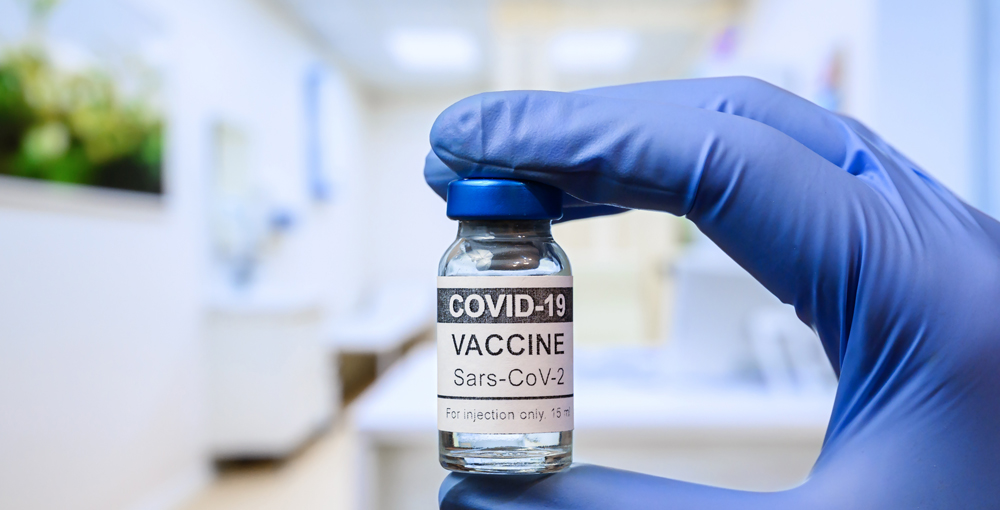A Physician’s Point of View: COVID-19: New variants to watch, and vaccine developments

The United States has typically followed behind Europe in COVID-19 trends, which means we could get another COVID-19 spike with BA.2, the subvariant of Omicron that is the more stealth version. It is does not cause more serious illness than the Omicron variant, but is 30 percent more easily transmitted. With 45 percent of Americans contracting Omicron in the last wave, and with vaccines protecting many of us, we should not see the amount of serious illness as seen previously or which is currently being lived out in places like Hong Kong.
Delta + Omicron = Deltacron
Deltacron is a combination of two viruses; it has the spikes of Omicron and the body of Delta. How does this happen? When a person is infected with both variants, the genetic material of the virus can mix together in a cell and then replicate as the combination of the two. We are talking basic strands of RNA that splice together. It is not a significant variant to be concerned about. What helped protect you from omicron spikes that attach to our respiratory cells will also protect you from Deltacron.
New vaccine developments
What are subunit vaccines?
Currently, there are 4 different types of COVID-19 vaccines that have been developed or are in the process of being developed: nucleic acid or mRNA like the Pfizer and Moderna vaccines; viral vector like the Johnson & Johnson vaccine; whole virus vaccines like Sinovac that is available in places like Hong Kong; and subunit vaccines that use fragments of the virus – all to illicit an immune response in the human body.
Subunit vaccines combine the classic COVID-19 spike protein with an adjuvant, an ingredient in vaccines that help create a stronger immune response. Novavax, which is vying for emergency-use authorization through the FDA, uses moth cells infected by an insect virus that has been engineered to make COVID spike proteins. They are purified and combined with an adjuvant from tree bark that stimulates the immune response. The adjuvant allows less of the spike protein to be required in the vaccine.
Subunit vaccines are different from mRNA and viral vector vaccines. The difference is where the spike protein is manufactured. The Pfizer, Moderna and Johnson & Johnson vaccines use muscle cells in a person’s arm to orchestrate the manufacturing of the spike proteins.
In the subunit vaccines, other types of cells (like moth cells) are infected (at a vaccine making company) with the COVID-19 virus to make the spike proteins in a manufacturing process. These spike proteins are then combined with the adjuvant and then the completed vaccine is given to patients to create the immune response to prevent COVID-19. The subunit manufacturing process is the way many other vaccines have been developed for years, including the influenza and Hepatitis B vaccines.
Since the mRNA technology has been declined by some, subunit vaccines could provide a more traditional alternative to those unsure about the new mRNA technology. Diversity in vaccine production helps increase the number of people vaccinated. Plus, subunit vaccines are effective, less expensive, and can be stored in a regular refrigerator.





